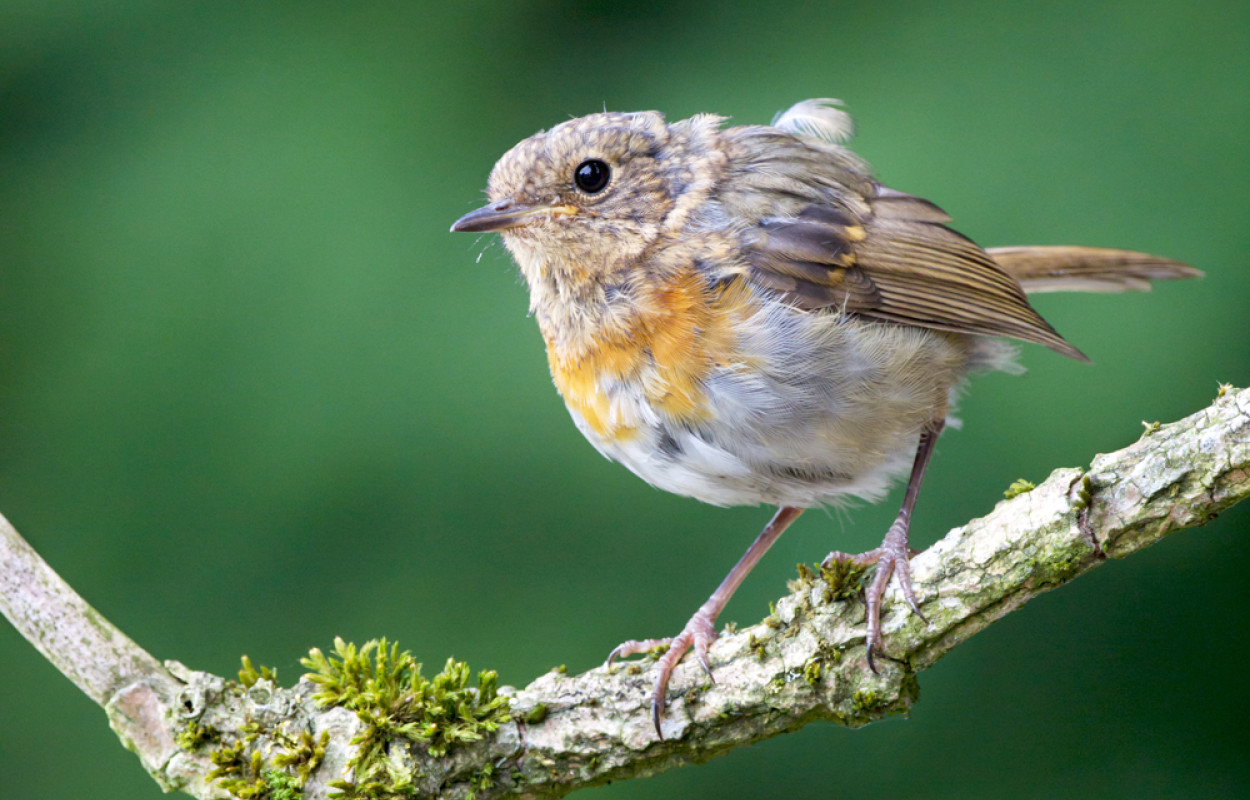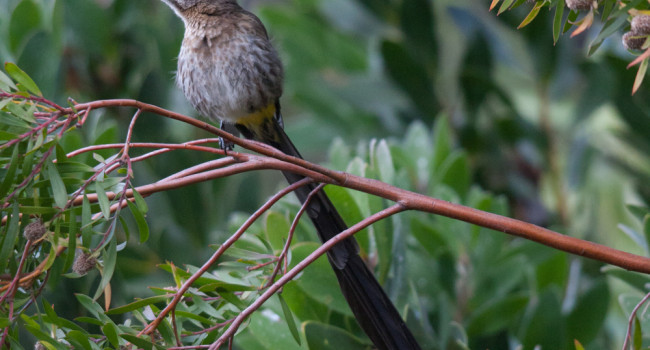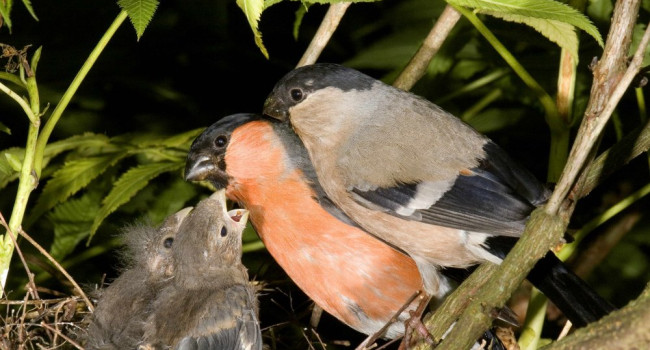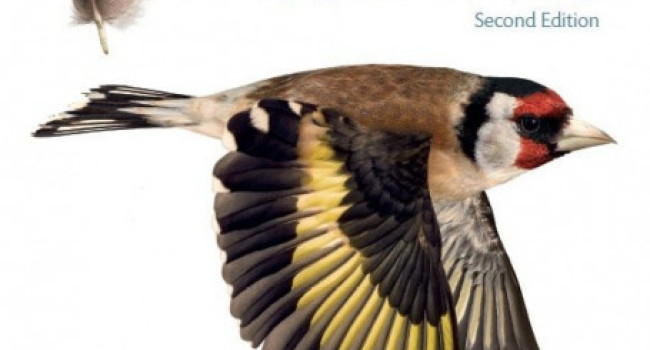Extended moult phenology models improve inferences about moult duration and timing

Author(s): Boersch-Supan, P.H., Hanmer, H.J. & Robinson, R.A.
Published: January 2024
Journal: Ornithology
Digital Identifier No. (DOI): 10.1093/ornithology/ukae003
Abstract
Moult is an essential life-history event in birds and many mammals, as maintenance of feathers and fur is critical for survival. Despite this moult remains an understudied life-history event. Non-standard statistical techniques are required to estimate the phenology of moult from observations of plumage or pelage state, and existing moult phenology models have strict sampling requirements which can be difficult to meet under real-world conditions.
We present an extended modelling framework that can accommodate features of real-world moult datasets, such re-encounters of individuals, misclassified moult states, and/or moult state-dependent sampling bias. We demonstrate that such features can lead to biased inferences when using existing moult phenology models, and show that our model extensions can improve inferences about moult phenology under a wide range of sampling conditions.
We hope that our novel modelling framework removes barriers for modelling moult phenology data from real-world datasets and thereby further facilitates the uptake of appropriate statistical methods for such data. Although we focus on moult, the modelling framework is applicable to other phenological processes which can be recorded using either ordered categories or approximately linear progress scores.









Share this page